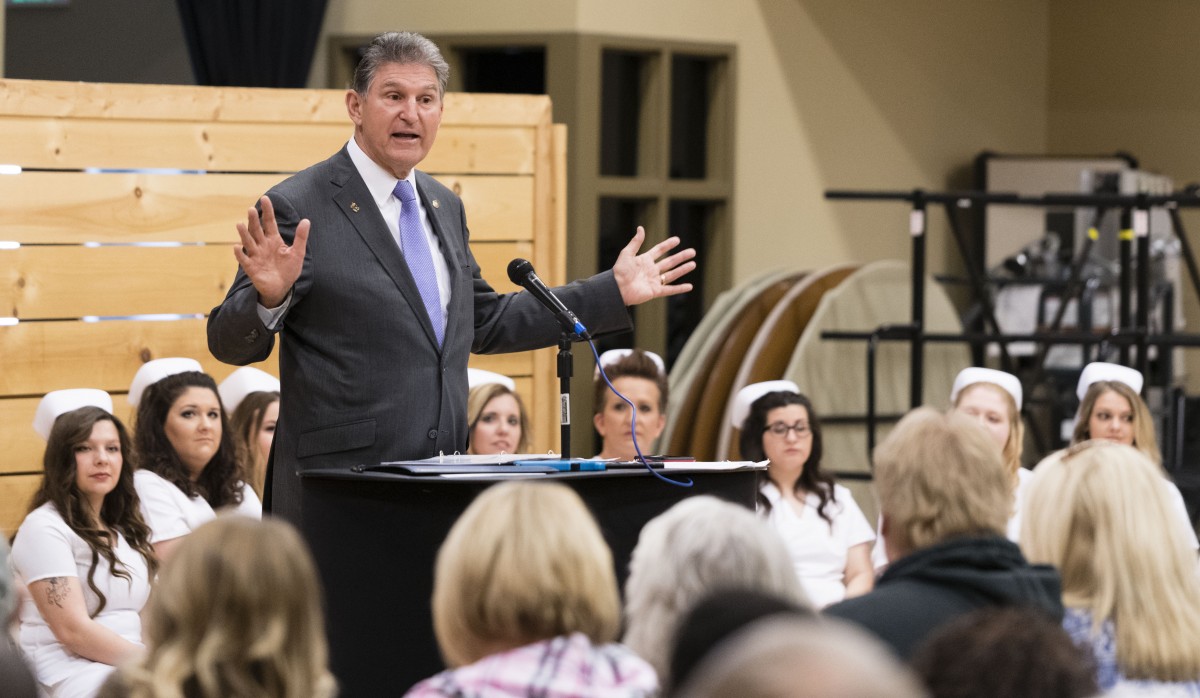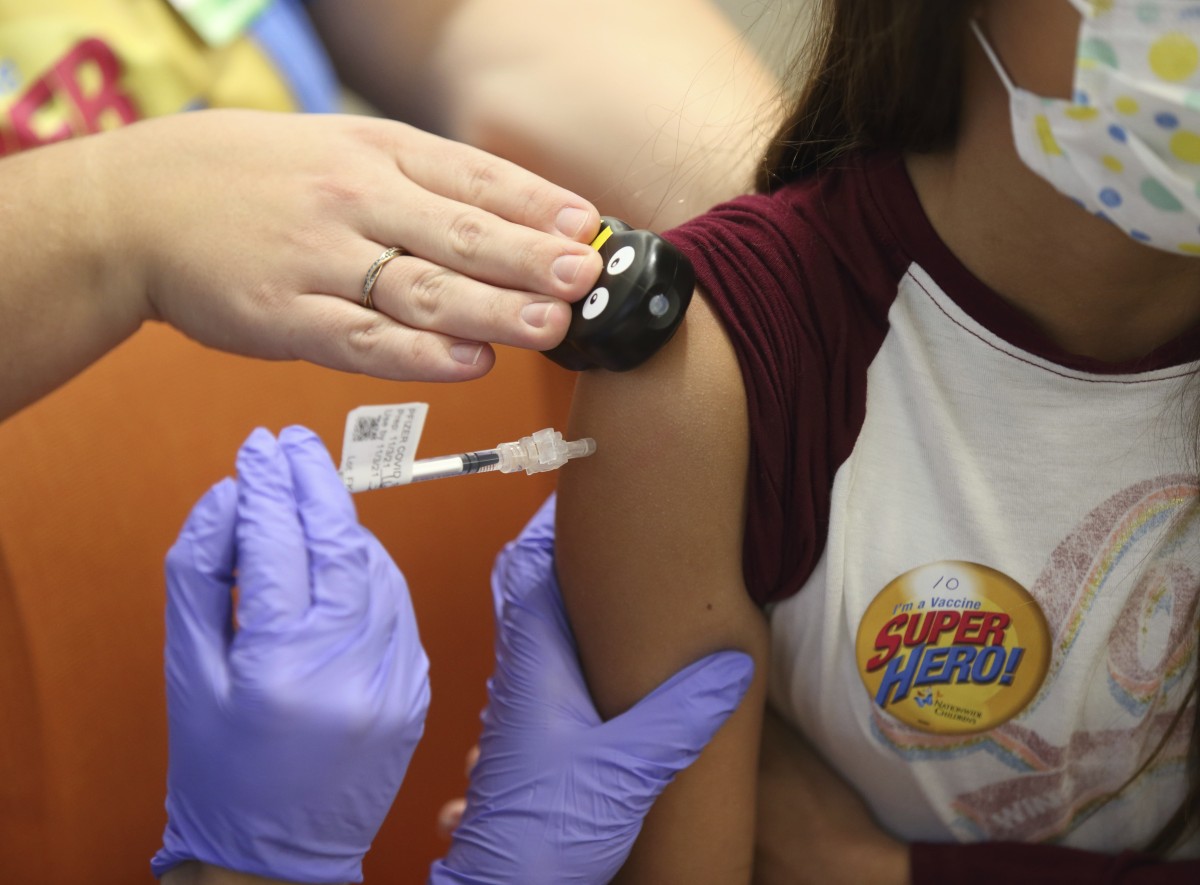I grew up in a suburb of Cleveland in the 1950s and 1960s where in school we learned about “poor” people in Appalachia (we pronounced it Ap-a-LAY-shuh).
Images of skinny, barefoot children playing in dirt and Pres. Lyndon Johnson’s War on Poverty. The words hillbilly, white trash and redneck were bandied about. I felt sorry for those kids, but it was far from my middle-class world.
In 1965, at the height of Beatlemania, I met a young man through friends who’d come up to Cleveland from West Virginia to visit relatives. My friend and I were raving about the Beatles and the guy asked, “Who are the Beatles?” We thought he was kidding because we couldn’t believe someone hadn’t heard of the Beatles. Could anyone be that isolated?
In 1973, I got married and moved to Central Missouri to attend graduate school in Columbia. It wasn’t Appalachia, but Ozark culture has some things in common with Appalachia – similar dialects, Scots, Scotch-Irish and English origins.
In 1976, I bought a copy of the just-published “Pissin’ in the Snow and Other Ozark Folktales” by Vance Randolph and through its stories, I learned about the customs of my new Missouri home, which were radically different from the ones where I was raised in northeast Ohio. Sure, the book was humor and the stories were exaggerated for comedic effect, but the book piqued my interest and I did learn some things from it. I bought an album by the Dillards (who hailed from the Ozarks) and I discovered KOPN, a community radio station in Columbia that exposed me to old-timey and mountain music. In Missouri, I had my first taste of pinto beans and cornbread and I learned what a cow pie was.
In 1980, my husband and I left Missouri and moved to the Kanawha Valley of West Virginia, to its capital city of Charleston. There, I learned about coal, chemical plants and the as-of-yet unfinished two-lane West Virginia Turnpike. In the two years I lived there, I worked at a series of part-time temp jobs, and once again, I began my education about a new region of the country.
At a job at a day-care center at a Nazarene Church, in a staff meeting, my boss suggested we help a troubled child by holding hands and praying. While exploring the area around Charleston on the backroads of West Virginia, I came across churches with words like Apostolic, Missionary, Nazarene, Free Will and Revival in their names – unlike my hometown which had only mainstream Protestant and Catholic churches.
At another job, I worked on a research project at an Appalachian Regional Commission-funded agency called the Appalachian Educational Lab. I learned that Appalachia actually covers 13 states and was surprised to learn that the southern part of my home state of Ohio was considered Appalachian. How had I not known that?
I made home visits to rural areas surrounding Charleston and interviewed parents for a research study about parenting practices. The job took me to hollows and homes with yards full of chickens and cars up on blocks. I had the feeling that some of the people I interviewed thought I was a government agent or social worker, because who else would enter a hollow where they didn’t live? I’d begun to understand how terrain and geography affect culture. The hills and mountains of Appalachia could be isolating. This likely added to a distrust of outsiders, often cited as a characteristic of Appalachian culture.
Eventually, we relocated to Knoxville, Tennessee, after a quick stop in Minnesota, and I learned more about Appalachia. By that time, I’d learned to pronounce it correctly—Ap-a-LAA-chuh — like “I’m throwing an apple ‘atcha.” I got into mountain, Bluegrass and country music, and storytelling (after visiting the National Storytelling Festival in Jonesborough). At the Festival, I heard Ray Hicks, from western North Carolina who spoke in a distinctive dialect and told Jack tales.
As a fact-checker at a publishing company in Knoxville in 1991, I met the editor of “Storytelling Magazine” through a coworker and wrote a series of articles for the publication. I learned about the people who settled East Tennessee and how those who survived life in the mountains had strength and fortitude, like the folks I’d met in West Virginia and the Ozarks. They were independent and self-sufficient (sometimes called stubborn by outsiders).
The Great Smoky Mountain National Park was an hour away and I visited often. I learned to drive on backroads that wound through the hills and valleys and realized I loved the Smokies. I felt secure driving under a sheltering canopy of trees.
I learned about the government-funded institutions that had a big impact on East Tennessee, like the Tennessee Valley Authority which brought electricity to the region in the 1930s, but in the process, forced 3,500 families from their homes. Similarly, the Oak Ridge National Laboratory and its affiliated facilities brought jobs and outsiders to the region as it developed the atomic bomb under the Manhattan Project but displaced 3,000 people and polluted the area with radioactive and toxic waste that still has not been cleaned up.
Like the coal and chemical companies that exploited West Virginians and caused environmental damage but provided jobs, in Tennessee, TVA and ORNL did the same thing. I learned that it’s hard for locals to criticize their bread and butter. When I lived in Charleston and mentioned the stench coming from the chemical plants, people told me, “That’s the smell of money.”
Long before my education on the region, my family vacation in the 1960s brought us to Great Smoky Mountains National Park camping. At a roadside restaurant, I was browsing at souvenirs and came across a Mad-Libs type of coloring book sporting a drawing of a barefoot guy in patched and tattered clothes, holding a shotgun in one hand and a moonshine jug in the other, smoking a corn cob pipe, and wearing a black pointy hillbilly hat. An outhouse and a blue tick hound stood in the background.
Tennessee has no state income tax and relies on tourism dollars, so I imagine hillbilly souvenirs were a viable source of income at that time. But I didn’t spend my vacation allowance on the hillbilly coloring book. It just didn’t feel right. Now, I understand why.
Debbie L. Miller is a Brooklyn, New York writer who pens plays, monologues, short stories, personal essays and humor/satire. She’s worked as a freelance journalist for 30 years and has written feature and news articles, and specializes in health writing. Visit her websites at www.DebbieLMiller.com and at www.DebbieLMillerComedy.com.



